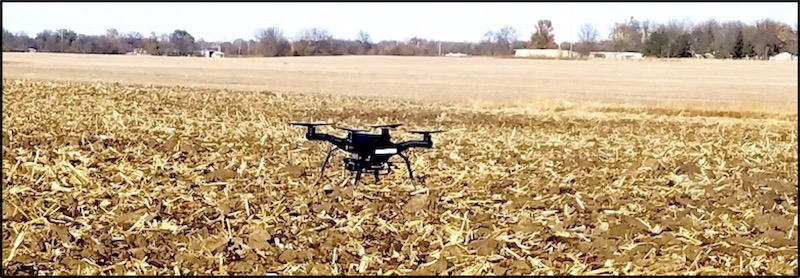PHYS 523 :: Physics Illinois :: University of Illinois at Urbana-Champaign
Instrumentation and Applied Physics Project

Topics to be covered, spanning two semesters
Unit 1: Introduction to the course and the projects available to students (1 week).
Try to finish everything in this list by week 2
- Discussion of projects;
- Self-organization into project groups; choose a project;
- Intra-group discussions of scope and techniques appropriate for the project;
- For your information, if you're interested: Dr. Riccardo Longo presented material last
year on project management. We won't spend time on it this year, but keep in mind that
you may be asked to work with a project management system by a future employer.
It's really important in Big Science (such as CERN projects) to keep track of
the what/when/where/who of a large collaborative effort. Here are Dr. Longo's slides on thre
subject.
- Installation of software tools: Anaconda Python, Arduino IDE, EAGLE PCB, Tinkercad.
- Lab exercises
- Modify the Arduino MEGA 2560’s blink program so that it blinks the initials (of your English/American name) in Morse code
- Install and test a BME680 on your breadboard. See the microtutoiral on breadboards, if you need to.
- On your breadboard, install the following devices (in addition to the BME680 and Arduino): LCD (including 10kΩ trimpot), keypad, and microSD breakout.
- Formulate a tentative project plan and division of project responsibilities with members of your group and discuss with course staff.
Unit 2: Defining the project (2 weeks)
Try to finish everything in this list by week 4
- Identification and further clarification of hardware and software to be used in the project;
- Develop a plan for testing/verifying the performance of the project's devices and techniques;
- Identify risks and develop "stubs" of alternative design paths that might be necessary;
- Create a brief project timeline, with dependencies;
- Procurement: identify sources for parts and materials. (We probably have oin hand most of what you'll need);
- Comments from course instructor: Safety concerns in electrical, chemical, mechanical, and radiological domains;
- Begin assembling breadboards and other test facilities (as well as software) for testing performance of project components;
- Lab exercises
- Install, set, and read back a DS3231 real time clock.
- Install and read back a GPS module. Use it to set the DS3231 real time clock. You can get a GPS signal outside, or in the stairwell,
or on the 4th floor of Loomis, e.g. room 437. (See the code & design resources page.)
- Write a short text file to your SD card. Copy the file to your laptop, then write a short Python program to read it and display its contents.
- Finish installing all the parts on your breadboard required for your project’s data logger.
- Register an Autodesk user account, then visit the TinkerCad website.
- Write a single bare-bones program that read all your project circuit’s sensors and writes data to a microSD file, perhaps as a CSV file.
- Write a single bare-bones Python data analysis program that generates histograms and plots of environmental data read by your BME680. Calculate means and RMS widths for these quantities.
Unit 3: Project proposal and review (2 weeks)
- Create a few-page written project proposal that includes timelines and calibration plans;
- Guest lecture, but briefly: Clarity in oral and written presentations;
- Project review: Public (to the class) oral presentation of project; public project peer review by the class (and course instructors);
- Project revision in response to review;
Unit 4: Component tests (4 weeks)
- Measure performance of components that are proposed for inclusion in the project;
- Downselect as necessary, and define the final configuration of a prototype for the project;
Unit 5: Prototyping (4 weeks)
- Build all prototypes necessary for the project, including controlling software packages;
- Field test everything, including preliminary analysis of the data obtained, and calibration of devices;
Unit 6: Project status review (1 weeks)
- Create a formal written project status document that includes results to date and differences between your original plan and the actual work performed;
- Project review: peer review by the class (and course instructors);
- Project revision in response to review;
Unit 7: Project construction (5 weeks)
- Design and fabricate any printed circuit boards necessary, then construct robust versions of the breadboarded prototypes;
- Design and fabricate (by 3D printing when possible) cases, housings, enclosures, etc., for the project hardware;
- Field test the project;
Unit 8: Data and preliminary analysis (2 weeks)
- Take data
- Run preliminary analyses of the data to verify data validity;
Unit 9: Analysis (4 weeks)
- Perform an extensive analysis (in close consultation with course instructors) of all data;
- Write a first draft of a final project report;
Unit 10: Outcomes (3 weeks)
- Write a second draft project report after feedback from instructors;
- Oral presentation of project status (to the extent allowed by various non-disclosure agreements);
- Project review: peer review by students (and course instructors);
- Write final draft project report.



